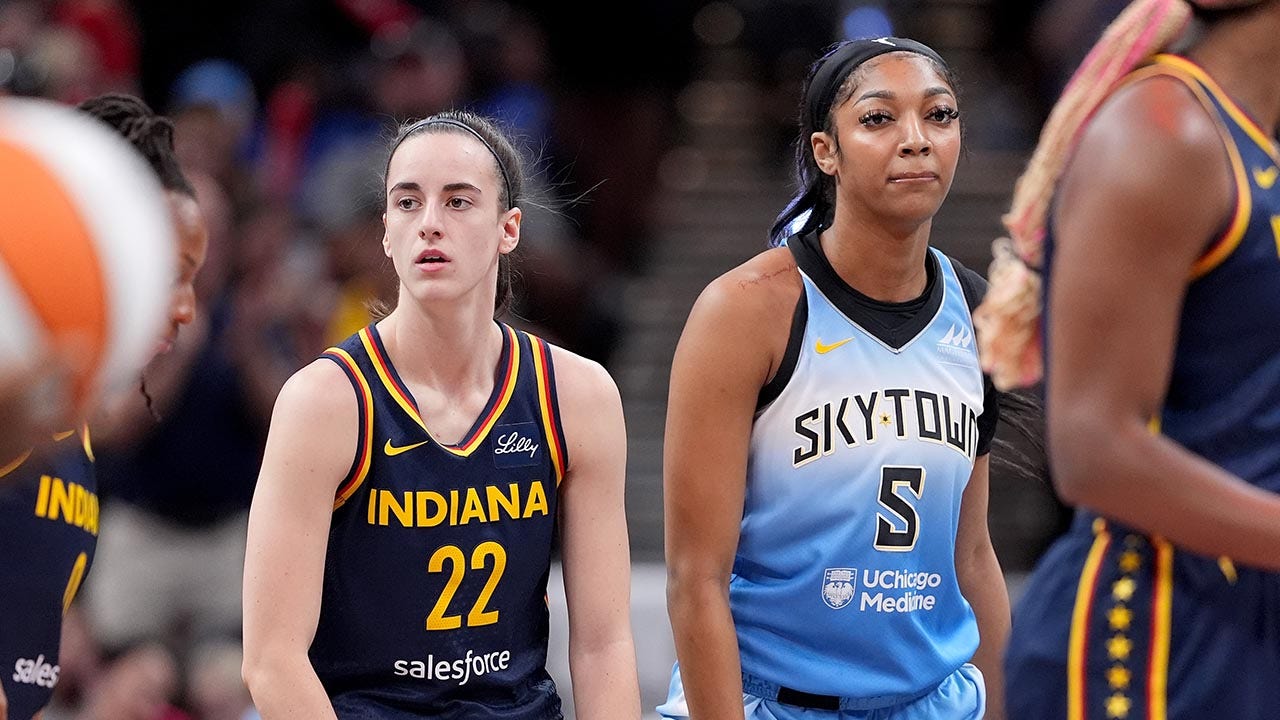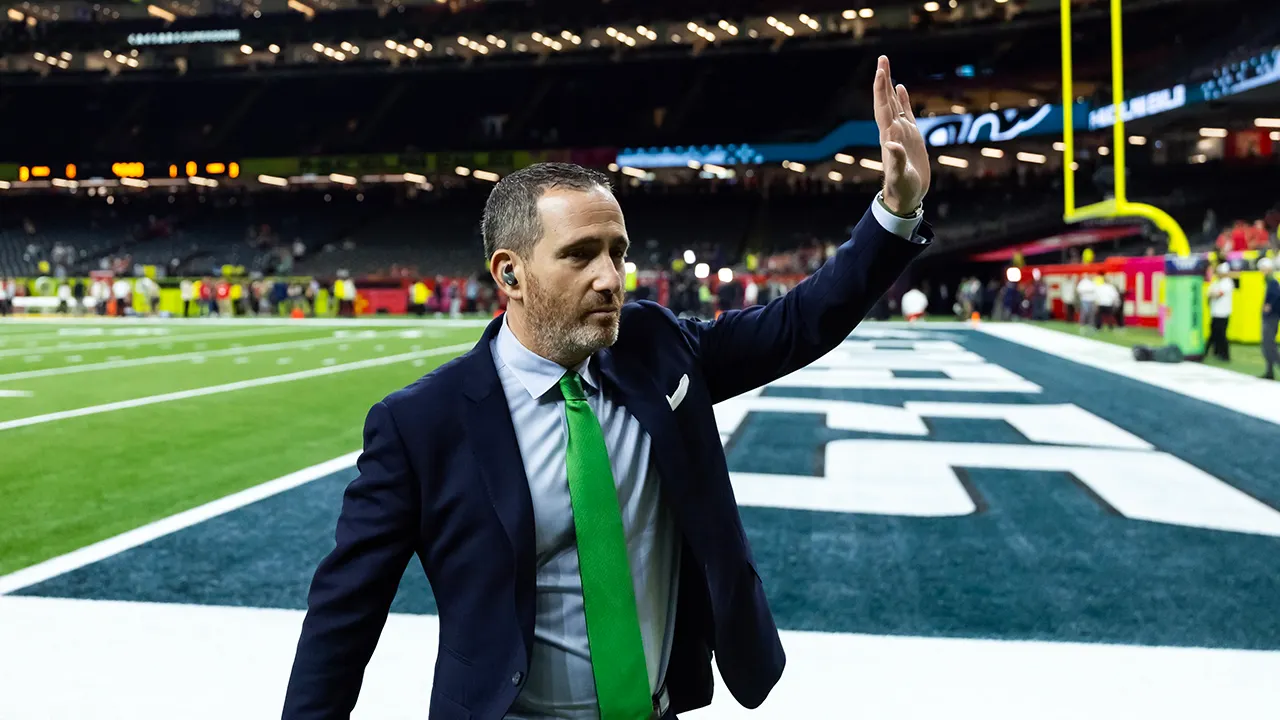Golf is a game where coincidence and chance can lift or deflate even the most skilled players. Those at this week’s U.S. Open at the Pinehurst Resort & Country Club’s No. 2 course will certainly get good and bad breaks in the native areas off the fairways; the same holds true for the bounces their balls will take around the greens.
But chance played a big role in the very creation of the course by the architect Donald Ross that became the United States Golf Association’s first anchor site in 2020 for the U.S. Open. (That means every five years the club will host the national championship.)
In 1899, Ross was working at Royal Dornoch Golf Club in Scotland, wrote Lee Pace, the author of “The Golden Age of Pinehurst: The Story of the Rebirth of No. 2.” After hearing a golfer from Boston talk about how quickly golf was growing in the United States, Ross and another club employee decided they both wanted to go to America. But someone needed to stay in Dornoch to keep that club running.
So the two friends figured there was only one fair way to decide who would go to America and who would stay in Scotland: a coin toss.
Ross won the flip and emigrated, arriving in Boston. There he began working at a local golf course that was near the home of James Tufts, the founder of Pinehurst Resort & Country Club. In 1900, Tufts hired Ross to work at Pinehurst in the winter when the course in Massachusetts would be closed. With that chance assignment, so began Ross’s love of the North Carolina sandhills, which he said reminded him of his home in Dornoch.
By the time Ross died in 1948, he had designed about 400 courses in the United States and become one of the best-known course architects.
Ross’s standing in the game has been validated by the number of championships contested on his courses. Of the past 1,000 U.S.G.A. championships, 175 of them have been played on Ross designs, said John Bodenhamer, chief championship officer for the United States Golf Association and the person charged with setting up this year’s Open at Pinehurst. That’s more than any other architect.
Ross courses, like Aronimink, Oakland Hills and Oak Hills, have also hosted the P.G.A. Championship, another golf major. (The first P.G.A. Championship in 1916 was played at Siwanoy Country Club in New York, a Ross design.) Each year his courses are regular venues for PGA Tour events, like the Tour Championship at East Lake Golf Club in Atlanta that closes the season.
Yet among all the courses designed by such a prolific and revered architect as Ross, it is Pinehurst No. 2 that many in the sport consider his best.
“This was his masterpiece, his Mona Lisa,” Bodenhamer said. “He felt he could do things here that he couldn’t do elsewhere.”
If chance brought Ross to Pinehurst, a connection to the land — in particular the sandy soil that is ideal for golf course construction and reminded him of the links of Dornoch — kept him there. His house was next to the third Pinehurst No. 2, and he decided to make the course his design laboratory.
“He knew the best land for golf was sand near the water, but if you can’t be by water, then it’s still on sand,” said Vaughn Halyard, president of the Donald Ross Society. “It’s the drainage, the tight lights, the consistent conditions of play presented by sand-based soil. Ross came back and said, ‘This is where I have the infrastructure, the people, the town, the land, so I’m going to focus on No. 2; this is where I’m going to anchor my golf design.’”
At Pinehurst, No. 1, No. 3 and No. 5 are Ross designs, as was No. 4 until Gil Hanse redid it in 2018. Ross roamed the sand hills area, building courses like Southern Pines, Mid Pines and Pine Needles that stand up today.
“Pinehurst was ground zero for Ross’s creativity, but he experimented all around the area,” Halyard said. “He would place a feature or a hazard in the exact spot where it made it harder for the better player. But the average player didn’t encounter that hazard unless they made a big error.”
Ross also benefited from the Tufts family’s letting him tinker with the course as he saw fit. In 1935, he changed the greens from sand to grass, a risk then given that hardier northern grasses and heat-loving southern grasses both struggled in the Carolinas. He also replaced two holes he had previously built with two new ones that changed the course’s routing. (Holes 4 and 5 were added to No. 2, taken from an employee course that had been on the property. Today, Pace said, 1, 2 and 11 through 18 are Ross’s original 1907 design.)
But that constant tinkering helped bring attention to the region.
“The Tufts family figured out early on that one way to generate publicity was to have major competitions that drew people from across the country,” Pace said. “The North and South Amateur and the North and South Open were conceived to bring them in during the early 1900s. They drew the best players from around the country to come here: Francis Ouimet, Tommy Armour, Gene Sarazen. They liked the course and talked about it when they went home.”
Their approval gave Ross even more license to tinker, and that brought in the respect of his contemporaries.
“Without any doubt Ross regards this as his greatest achievement, which is saying a great deal,” A.W. Tillinghast, who designed Winged Foot and Baltusrol, other courses that have hosted multiple majors, said after a 1935 visit with Ross. “Every touch is Donald’s own, and I doubt if a single contour was fashioned unless he stood hard by with a critical eye.
“As we stood on hole after hole, the great architect proudly called my attention to each subtle feature, certain that my appreciation of his artistry must be greater than that taken in by a less practiced eye,” he added. “Nothing was lost on me, and after our round together, I told him with all honesty that his course was magnificent, without a single weakness, and one which must rank with the truly great courses in the world today.”
This week is the fourth U.S. Open that Pinehurst has hosted. The course, Bodenhamer said, is 12 yards shorter than when it last hosted an Open in 2014, a rarity in a game where courses get longer by the year. Distance has never been what crushed competitors; it’s been the greens, which were the reason that Ross’s No. 2 didn’t host an Open until 1999. It took innovations in agronomy to catch up with Ross’s designs so that the greens could be cut short enough to get the desired speed for a national championship.
Before Pinehurst’s third U.S. Open in 2014, the ownership group brought in Bill Coore and Ben Crenshaw to strip away all the changes that had been made after Ross’s death. Bodenhamer said the designers sought the U.S.G.A.’s promise that the organization would allow the course to be played as Ross intended: wild and open, without the narrow corridors and high rough that had been a U.S. Open staple through the 1990s and 2000s.
“We said we won’t do that,” Bodenhamer said. “We’ll play it the way Mr. Ross intended. It’ll be firm and fast. It’ll be bouncy.”
And in those conditions the mixture of skill and chance that led to the creation of No. 2 will be on display as the world’s best compete on Ross’s masterpiece.






